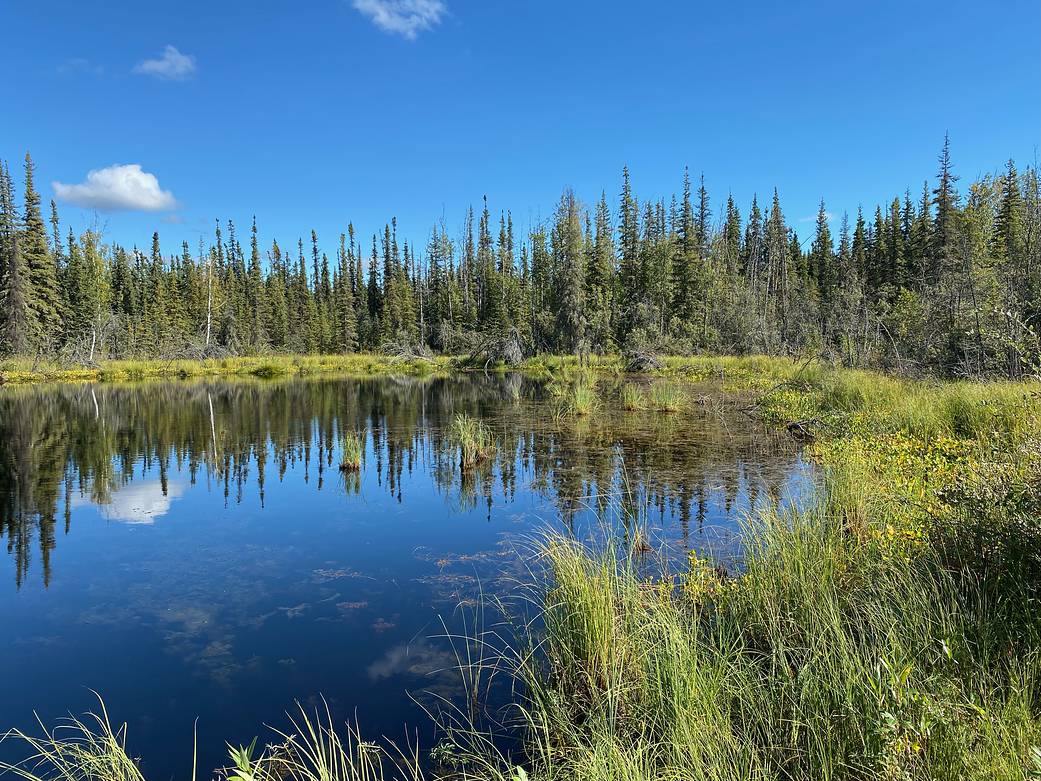Since 2015, scientists participating in NASA’s Arctic Boreal Vulnerability Experiment (ABoVE) have been studying the impacts of climate change on Earth’s far northern regions and how those changes are intertwined. As our planet warms, permafrost—layers of soil that have stayed frozen for at least two years—thaws at an accelerating rate. This is changing the shape and vegetation of landscapes and, in some cases, creating new ponds and lakes that are also hotspots for greenhouse gas emissions.
This thawing process is happening all over Alaska and northwestern Canada, which already has millions of lakes and ponds. Most of these lakes are hundreds or thousands of years old, meaning the microbes have run out of organic matter to decompose and the lakes are no longer releasing significant amounts of methane. However, lakes like Big Trail Lake near Fairbanks, Alaska (seen above), are newer and release methane into the atmosphere.
In summer 2022, the ABoVE team investigated permafrost thaw, methane emissions from lakes, and the effects of wildfires in Alaska and northwestern Canada with instruments observing from research aircraft and with scientists collecting measurements on the ground.
Image credit: NASA/Sofie Bates



























